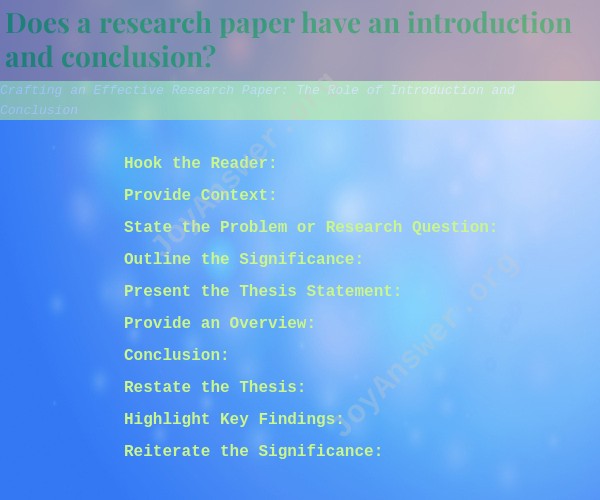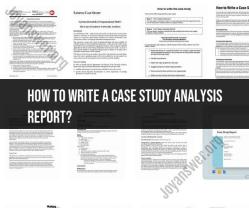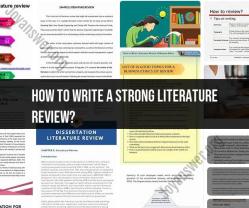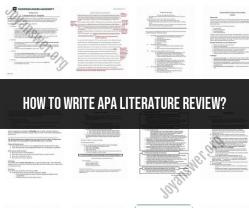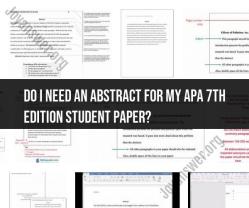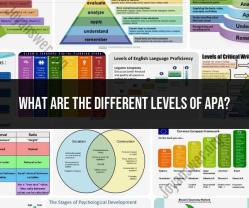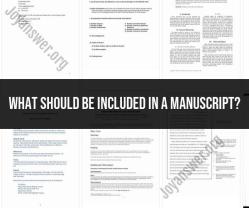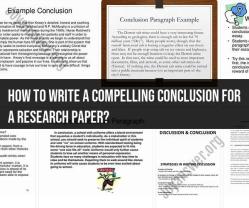Does a research paper have an introduction and conclusion?
Crafting an effective research paper involves creating a well-structured and coherent piece of writing. The introduction and conclusion are crucial components that set the tone for your paper and wrap up your arguments. Here's how to approach them:
The introduction serves as the roadmap for your research paper. It provides context, introduces your topic, and outlines the purpose of your study. To create a compelling introduction:
**1. Hook the Reader:Start with an attention-grabbing opening that captures the reader's interest. This could be a relevant quote, a thought-provoking question, a startling statistic, or a brief anecdote.
**2. Provide Context:Briefly explain the background of your topic. Why is it important? What is the broader context in which your research fits?
**3. State the Problem or Research Question:Clearly state the problem you're addressing or the research question you're exploring. This sets up the focus of your paper and provides a clear direction.
**4. Outline the Significance:Explain why your research is relevant and important. What contributions does it make to the field? How does it address gaps or issues?
**5. Present the Thesis Statement:Your thesis statement should concisely summarize the main argument of your paper. It guides your readers on what to expect in the rest of the paper.
**6. Provide an Overview:Briefly outline the main points or sections that your paper will cover. This gives readers a roadmap of what's to come.
Conclusion:The conclusion is the final impression your paper leaves on the reader. It should wrap up your arguments, reiterate your thesis, and provide a sense of closure. To create an effective conclusion:
**1. Restate the Thesis:Summarize your thesis and the main points you've made in your paper. However, don't simply repeat what you've said; offer a concise summary.
**2. Highlight Key Findings:Summarize the key findings or results of your research. What are the main takeaways? How do they contribute to the understanding of the topic?
**3. Reiterate the Significance:Remind readers of the importance of your research and how it addresses the problem or question you introduced in the introduction.
**4. Provide Insights or Reflections:Offer insights or reflections on the implications of your research. How does your work shed light on broader issues? What questions does it raise for further research?
**5. End with a Thoughtful Closing:Finish your conclusion with a strong closing statement. This could be a call to action, a thought-provoking idea, or a connection back to the attention-grabbing hook from your introduction.
**6. Avoid New Information:Don't introduce new ideas or information in the conclusion. It's a summary and synthesis of what you've already discussed.
Remember, both the introduction and conclusion play crucial roles in shaping your research paper's impact and effectiveness. Take the time to craft them thoughtfully to create a cohesive and engaging paper.
